My favourite painting: Nigel Prince
Nigel Prince, director of Artes Mundi, on a mesmerising image by Anwar Jalal Shemza.
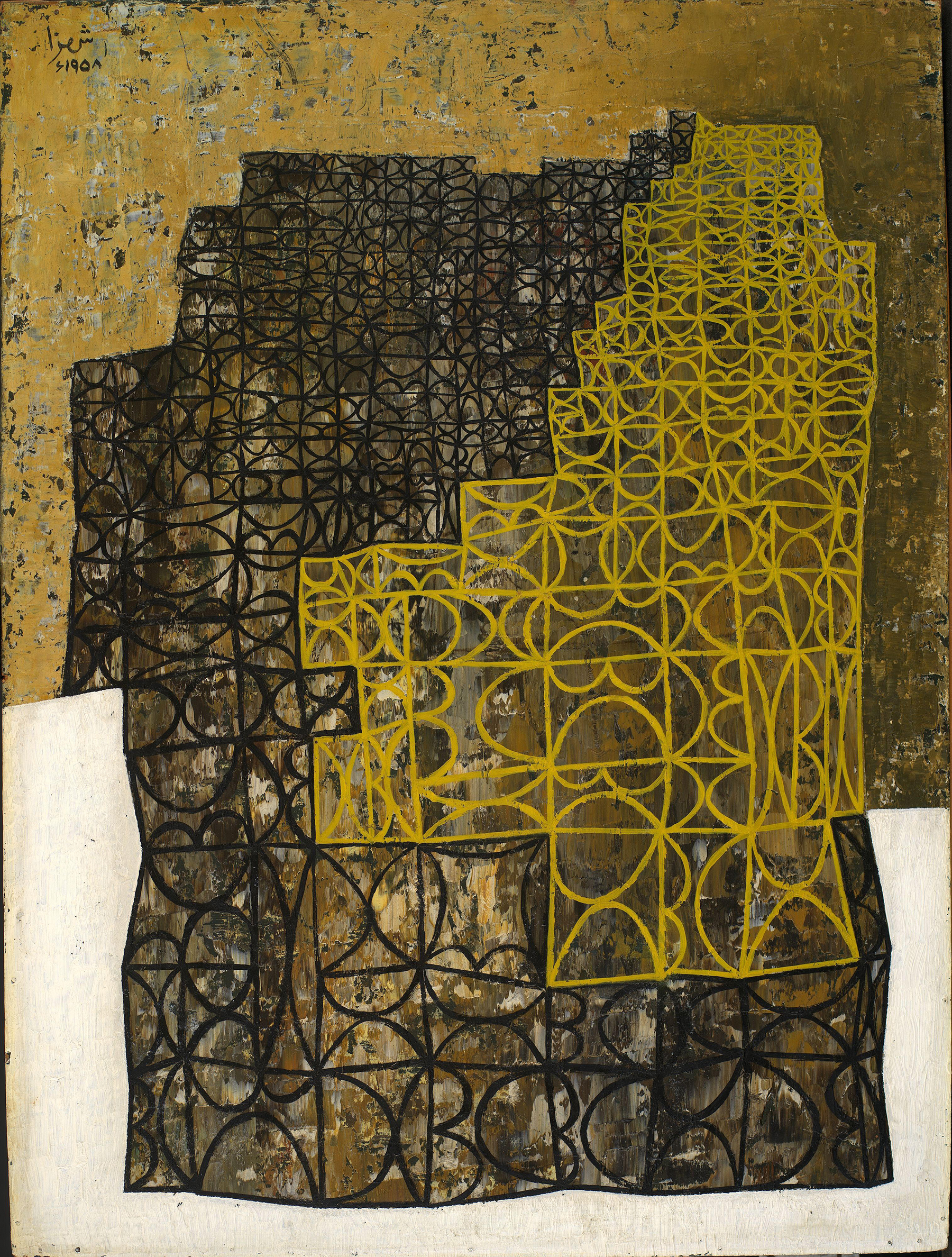

Nigel Prince on The Wall by Anwar Jalal Shemza
‘Shemza was one of my art teachers at school in my teens. An elegant, friendly, encouraging man, it wasn’t until years later that I realised the significance of who he was, when, as a recent graduate from art school, I saw this painting in the 1989 exhibition ‘The Other Story: Afro-Asian Artists in Post-War Britain’.
‘Typical of the period following his graduation from the Slade, The Wall is a modest yet intense painting. Commanding a sense of space far beyond its scale, it is elaborately constructed from simplified forms inspired by Islamic art, architecture and early literary influences, parti-cularly calligraphy, combined with Western abstraction.
‘The surface is structured by a geometry and pattern created with his characteristic use of repeated circular and square forms. For me, it embodies a distillation of the formative effect he and others were to have on my future development and interests.’
Nigel Prince is the director of Artes Mundi
Charlotte Mullins on The Wall
Anwar Jalal Shemza was 28 and already a successful artist at home — a ‘champion of Modernism in the art and literature worlds of the then new nation of Pakistan’, in Nigel Prince’s words — when he left for London. In 1952, he had established the Lahore Art Circle and was the author of several novels and radio plays. In London, however, he was an anonymous student and he felt rootless and untethered until a trip to the British Museum offered him a new direction. There, he studied Islamic art from different periods and fused the formal concerns of European Modernism with the looping whorls of calligraphy.
Taking inspiration from Islamic art, Mughal architecture and the soft geometric abstracts of Swiss-born Paul Klee, Shemza created paintings that spoke of plurality and a fusion of ideas. The Wall was from his ‘City Walls’ series, painted when still a student at the Slade. Against a scumbled gold background, two asymmetric shapes interlock. Both are patterned with geometric boxes filled with arabesques. This could be an aerial view of buildings, layers of textiles one over the other, or a literary puzzle.
Shemza was increasingly interested in abstract patterns derived from life. He wrote, ‘One circle, one square, one problem, one life is not enough to solve it.’ He moved from London to Stafford, north of Birmingham, in 1962, where he taught art. During his lifetime his work was not given the exposure it deserves, but now it sits at the heart of the post-war British art narrative.
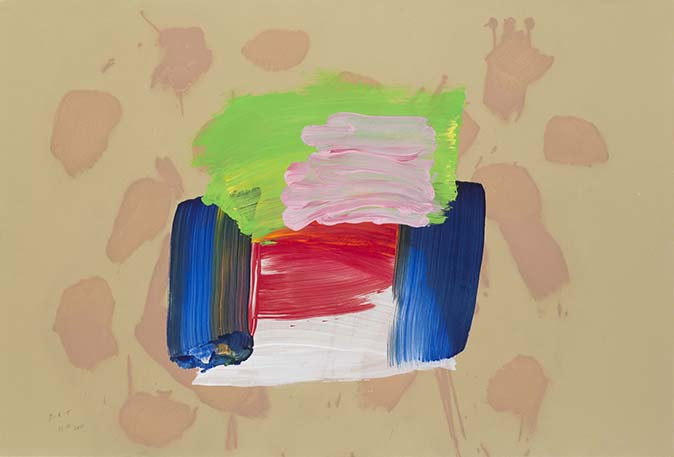
Credit: Courtesy of the artist’s estate/Alan Cristea Gallery
My favourite painting: Roger Wright
'Its typically powerful brushstrokes and juxtaposed gorgeous colours give a heart warming and evocative sense of fun and nostalgia'
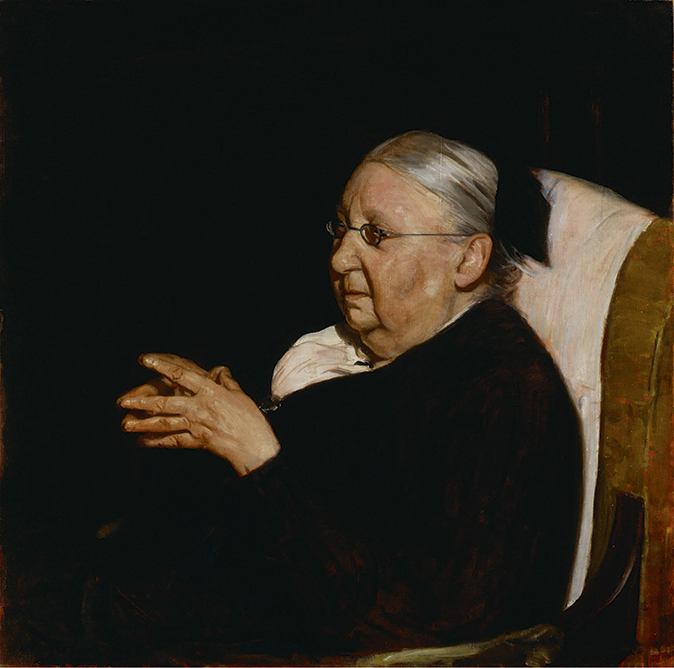
My favourite painting: Penelope Lively
'I love William Nicholson’s work. His still-lifes are incomparable.'
Sign up for the Country Life Newsletter
Exquisite houses, the beauty of Nature, and how to get the most from your life, straight to your inbox.
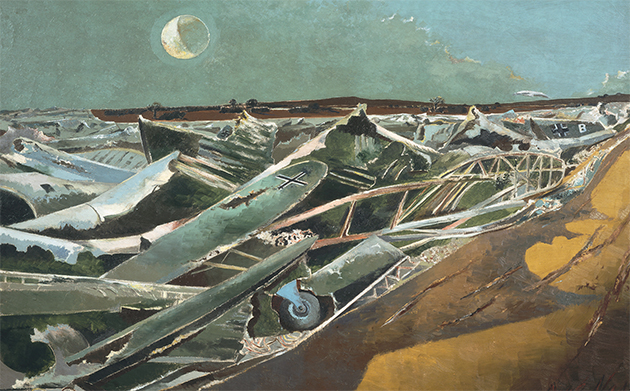
My favourite painting: Robert Macfarlane
Robert Macfarlane chooses his favourite painting for Country Life.
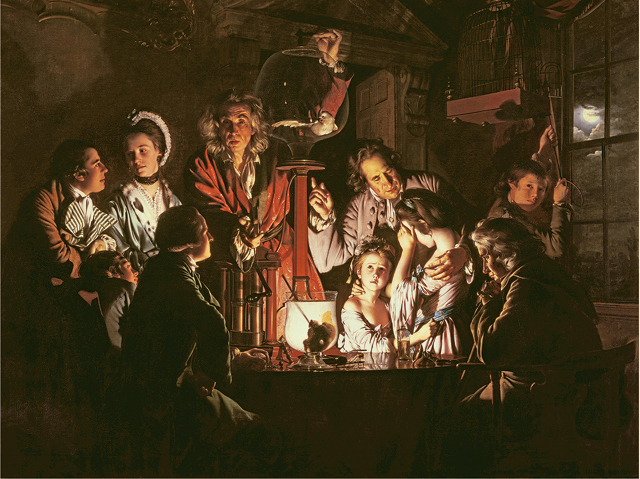
My favourite painting: Nicola Shulman
Nicola Shulman chooses her favourite painting for Country Life.
Country Life is unlike any other magazine: the only glossy weekly on the newsstand and the only magazine that has been guest-edited by HRH The King not once, but twice. It is a celebration of modern rural life and all its diverse joys and pleasures — that was first published in Queen Victoria's Diamond Jubilee year. Our eclectic mixture of witty and informative content — from the most up-to-date property news and commentary and a coveted glimpse inside some of the UK's best houses and gardens, to gardening, the arts and interior design, written by experts in their field — still cannot be found in print or online, anywhere else.
-
 Two quick and easy seasonal asparagus recipes to try this Easter Weekend
Two quick and easy seasonal asparagus recipes to try this Easter WeekendAsparagus has royal roots — it was once a favourite of Madame de Pompadour.
By Melanie Johnson
-
 Sip tea and laugh at your neighbours in this seaside Norfolk home with a watchtower
Sip tea and laugh at your neighbours in this seaside Norfolk home with a watchtowerOn Cliff Hill in Gorleston, one home is taller than all the others. It could be yours.
By James Fisher
-
 'As a child I wanted to snuggle up with the dogs and be part of it': Alexia Robinson chooses her favourite painting
'As a child I wanted to snuggle up with the dogs and be part of it': Alexia Robinson chooses her favourite paintingAlexia Robinson, founder of Love British Food, chooses an Edwin Landseer classic.
By Charlotte Mullins
-
 The Pre-Raphaelite painter who swapped 'willowy, nubile women' for stained glass — and created some of the best examples in Britain
The Pre-Raphaelite painter who swapped 'willowy, nubile women' for stained glass — and created some of the best examples in BritainThe painter Edward Burne-Jones turned from paint to glass for much of his career. James Hughes, director of the Victorian Society, chooses a glass masterpiece by Burne-Jones as his favourite 'painting'.
By Charlotte Mullins
-
 'I can’t look away. I’m captivated': The painter who takes years over each portrait, with the only guarantee being that it won't look like the subject
'I can’t look away. I’m captivated': The painter who takes years over each portrait, with the only guarantee being that it won't look like the subjectFor Country Life's My Favourite Painting slot, the writer Emily Howes chooses a work by a daring and challenging artist: Frank Auerbach.
By Toby Keel
-
 My Favourite Painting: Rob Houchen
My Favourite Painting: Rob HouchenThe actor Rob Houchen chooses a bold and challenging Egon Schiele work.
By Charlotte Mullins
-
 My Favourite Painting: Jeremy Clarkson
My Favourite Painting: Jeremy Clarkson'That's why this is my favourite painting. Because it invites you to imagine'
By Charlotte Mullins
-
 The chair of the National Gallery names his favourite from among the 2,300 masterpieces — and it will come as a bit of a shock
The chair of the National Gallery names his favourite from among the 2,300 masterpieces — and it will come as a bit of a shockAs the National Gallery turns 200, the chair of its board of trustees, John Booth, chooses his favourite painting.
By Toby Keel
-
 'A wonderful reminder of what the countryside could and should be': The 200-year-old watercolour of a world fast disappearing
'A wonderful reminder of what the countryside could and should be': The 200-year-old watercolour of a world fast disappearingChristopher Price of the Rare Breed Survival Trust on the bucolic beauty of The Magic Apple Tree by Samuel Palmer, which he nominates as his favourite painting.
By Charlotte Mullins
-
 My favourite painting: Andrew Graham-Dixon
My favourite painting: Andrew Graham-Dixon'Lesson Number One: it’s the pictures that baffle and tantalise you that stay in the mind forever .'
By Country Life